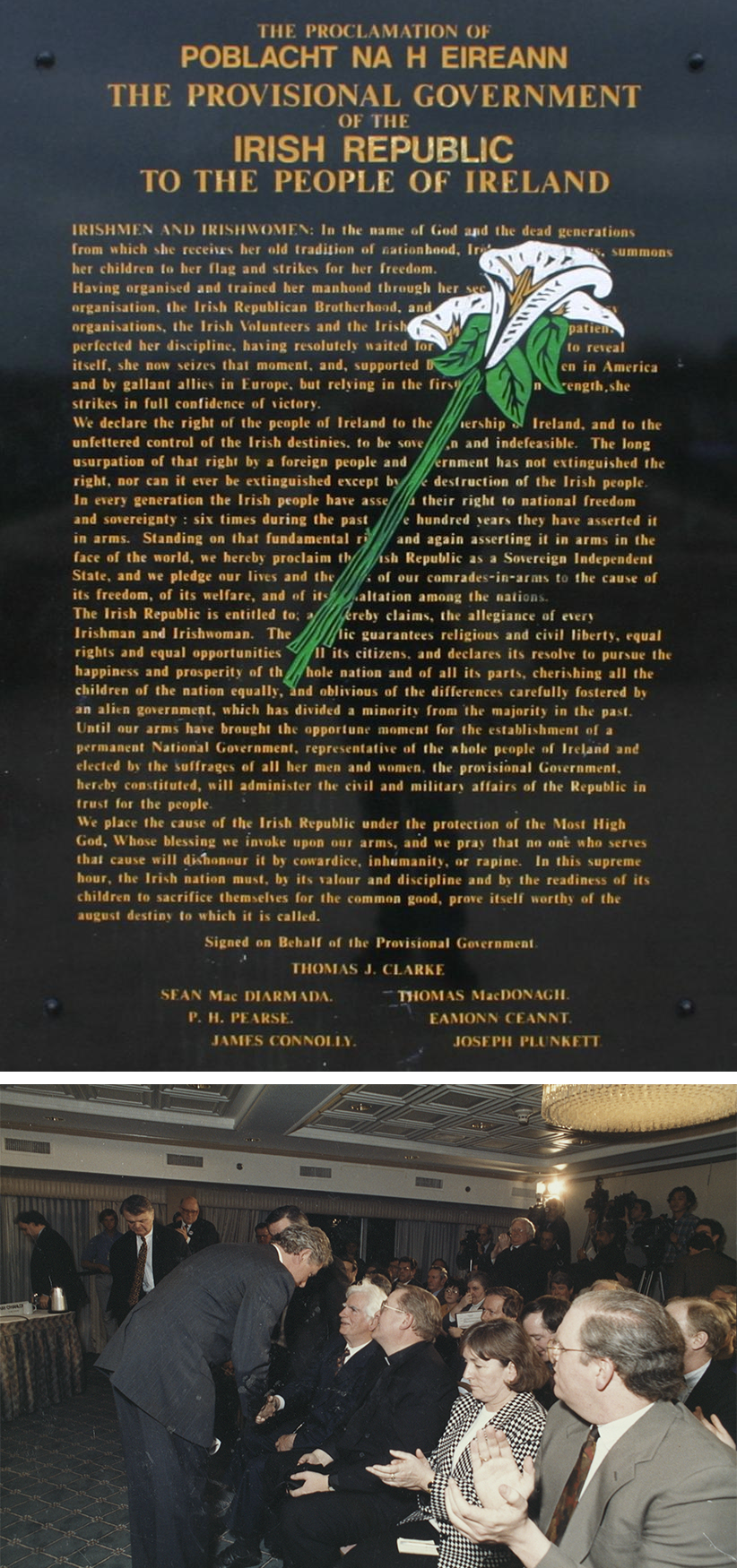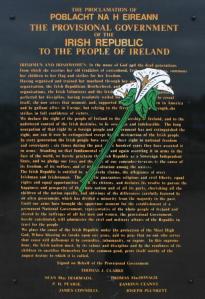Welcome to the Irish Republican Movement Collection at IUPUI. The collection offers resources for students, teachers, and scholars interested in Irish history, Irish politics, social movements, political activism, and “terrorism.”
The Irish Republican Movement dates from the 18th century and the development of republican political philosophy. Modern Irish Republicanism dates from 1916 and the “Easter” Rising, whose leaders included Patrick Pearse, James Connolly, and Tom Clarke. More recently, the Irish Republican Movement is probably best known through the activities of two organizations, the "Provisional" Irish Republican Army (founded December 1969) and “Provisional” Sinn Féin (founded 1970; see: http://www.sinnfein.ie/ and http://www.anphoblacht.com/).
Although the IRA and Sinn Féin are most prominent, between the late 1960s and today, the Irish Republican Movement included a variety of organizations: Cumann na mBan; the “Official” IRA and “Official” Sinn Féin (which became The Workers’ Party); the Irish National Liberation Army (INLA) and the Irish Republican Socialist Party; and, the Saor Éire Action Group.
Over its lengthy history, Irish Republican organizations and activists have advocated a variety of political perspectives, including socialism and communism. While Sinn Féin accepted the Good Friday Agreement (1998), other organizations (often labelled “dissident”) rejected the GFA, including: the “Continuity” IRA and Republican Sinn Féin and the “Real” IRA and the 32 County Sovereignty Movement. The post-GFA period has seen the development of new organizations like éirígí, Republican Network for Unity (RNU), and Saoradh. It is also important to note that the Irish Republican Movement has always been international in scope and includes Irish Northern Aid, an Irish-American organization.
The mission of the Irish Republican Movement Collection at IUPUI is to offer unique and open access resources for understanding post-1969 Irish Republicanism. The Collection does not endorse any particular organization or perspective.
Main contact for this collection: rwwhite@iu.edu
The Collection’s resources:
 | Cumann na mBan: The Women's Army (2019). Although women and men are comrades in many social movements, the participation of women is often marginalized. Cumann na mBan, an exclusively female organization, was and is a unique response by Irish women to their marginalization in the Irish Republican Movement. Cumann na mBan: The Women’s Army (2019), is a 66 minute documentary on the only exclusively female social movement organization in the world that endorses and engages in armed struggle —they are, in the eyes of the authorities, women “terrorists”. This documentary is open access and available both with captions and without captions on IU's Kaltura platform. In addition to offering insight on the marginalization of women in social movements, Cumann na mBan: The Women’s Army offers information on fundamental topics like recruitment, commitment and solidarity, collective identity, and the persistence of social movement organizations in “lean years”. Included are interviews with Mary Ward, who served as President of Cumann na mBan in the late 1970s, Margaret Walsh, who has been described as “the best intelligence officer the Republican Movement had” (see page 10, https://iuidigital.contentdm.oclc.org/cdm/compoundobject/collection/IrishNews/id/6756/rec/3), and Peig King, who served as O/C (Commanding Officer) of the Dublin unit in the 1970s. These interviews are complemented by historical photos, archival video, and contemporary information. |
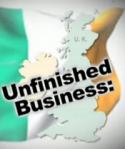 | Unfinished Business: The Politics of “Dissident” Irish Republicans (2012), a 59-minute documentary. Unfinished Business provides insight on the motives and ideology of Irish Republicans who reject constitutional politics and continue to endorse the right of Irish people to engage in armed struggle. The unique resources of Unfinished Businessinclude:
|
 | The Blanket: A Journal of Protest and Dissent, an on-line journal associated with Irish Republican activists who questioned Sinn Féin’s support of the Good Friday Agreement (1998) but did not support continued armed struggle. The Blanket‘s Editorial Board included prominent activists, like Brendan Hughes and Tommy Gorman, which contributed to the journal's influence. The Blanket's founding editor was Carrie Twomey. Another member of the editorial board was her husband, Anthony McIntyre. McIntyre served 18 years in the H-Blocks of Long Kesh. After his release, he completed a PhD in politics from Queen’s University. McIntyre is the author of Good Friday: The Death of Irish Republicanism (2008). The Collection includes The Blanket’s entire archive (2001-2007). For an assessment of The Blanket see: http://thepensivequill.am/2012/09/the-bell-and-blanket-journals-of-irish.html |
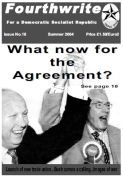 | Fourthwrite: For a Democratic Socialist Republic, which offered commentary from a number of Irish Republican authors, including Patricia Campbell, Mags Glennon, Anthony McIntyre, Margaret McKearney, and John Nixon. Fourthwrite was edited by Tommy McKearney; http://www.tommymckearney.com/. In 1977, McKearney was the Provisional IRA O/C in Tyrone when he was arrested. McKearney joined the blanket protest in the H-Blocks and, in 1980, was one of seven prisoners who participated in a 52-day long hunger strike. Tommy McKearney is the author of the highly regarded book, The Provisional IRA: From Insurrection to Parliament (2011). The Collection currently contains Fourthwrite issues from August 2002 to Winter 2010/2011. For additional information Fourthwrite see: http://www.solidarity-us.org/node/1519 |
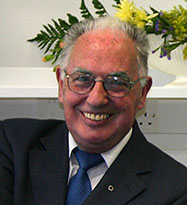 | The Funeral of Ruairí Ó Brádaigh. From the mid-1950s and into the early 1980s, Ruairí Ó Brádaigh (1932-2013) had more political and military influence on the Irish Republican Movement than any other person. He served at every level of the Irish Republican Army, including as a member of the Army Executive, the Army Council, and as IRA Chief of Staff. He was also President of Sinn Féin (1970-83) and “Republican” Sinn Féin (1987-2009). As the Irish peace developed and the Good Friday Agreement (1998) was signed, he became the most prominent of the “dissident” Irish Republicans” (a label he rejected). The funeral of Ruairí Ó Brádaigh was an important milestone in the history of the Irish Republican Movement — he was the last of the founding Army Council of the Provisional IRA to pass away and, for many, his death marked the end of an era. |
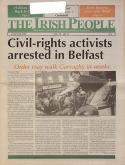 | The IRISH PEOPLE was a weekly newspaper which served as the “Voice of Irish Republicanism in America.” Published by volunteers who supported an Irish Republican political analysis, the paper provided weekly reports and analysis of events in Ireland related to the struggle against British rule. It also served as a contemporary weekly record and organizer of Irish-American political activity in the United States during a crucial epoch (1972-2004). Those who wish to study historic events in Ireland and how such events were seen and influenced by Americans will find it an indispensable resource. In addition to issues of THE IRISH PEOPLE, the collection includes photographs, newspaper clippings, pamphlets, post cards, letters, and other materials related to the paper’s production and events associated with Irish America. |
 | The Pensive Quill, a news blog edited by Anthony McIntyre. Through The Pensive Quill, McIntyre offers commentary on various political events, especially but not exclusively as they relate to Irish Republicanism. The Pensive Quill also offers a forum for other authors, and includes responses and exchanges among readers. |
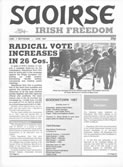 | Saoirse - Irish Freedom, monthly newspaper of the Irish political party Republican Sinn Féin (RSF); https://republicansinnfein.org/. In 1986, RSF was formed in response to the Provisionals’ decision to allow elected Sinn Féin canddiates to take their seats in the Dublin parliament. It is reported that RSF is the political wing of the Continuity IRA, which the party denies. The Collection includes almost every issue of Saoirse published between November 1986 (issue 1 of Republican Bulletin) and the present. See also: https://republicansinnfein.org/category/saoirse-newspaper/ |
 | The Sovereign Nation, newspaper of the 32 County Sovereignty Movement (32 CSM); http://www.32csm.net/. In 1997, persons active in Sinn Féin who questioned the movement’s direction with the Irish peace process established the 32 County Sovereignty Committee. They were subsequently expelled from Sinn Féin; the committee was subsequently re-named the 32 County Sovereignty Movement. Its supporters included Bernadette Sands, sister of 1981 hunger striker Bobby Sands. It is reported that the 32 CSM is the political wing of the Real IRA, which the organization denies. |
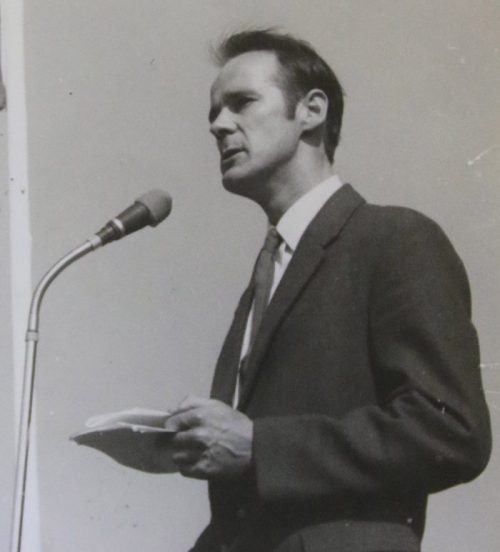 | “Bobby Sands, MP: Whose Idea Was It?” The 1981 election of hunger striker Bobby Sands as the MP for Fermanagh/South Tyrone was a watershed event in the history of the Irish Republican Movement. The election showed that the prisoners on hunger strike, and by extension the Provisional IRA and Sinn Féin, had much more support than most people realized. The election, it may be argued, was the first of a series of events that, over the course of several years, led to the transformation of Sinn Féin into a constitutional political party and the sidelining of the Provisional IRA. A key question, however, is whose idea was it to put forward Bobby Sands as a candidate? While some sources, including Gerry Adams (who would become President of Sinn Féin in 1983), claim that it was the idea of Belfast republican Jim Gibney, others state that it was Dáithí O’Connell’s idea. At the time (1981), O’Connell was Vice President of Sinn Féin and had played a key role in founding both “Provisional” Sinn Féin and the Provisional IRA. In 1986, O’Connell, along with Ruairí Ó Brádaigh (past-President of Sinn Féin), and several others refused to follow Gerry Adams, Martin McGuinness, and the Provisionals into constitutional politics and helped create their political rivals, Republican Sinn Féin and the Continuity IRA. A brief essay titled, “Bobby Sands, MP: Whose Idea Was It?”, published by the online blog “Writing the Troubles”, and a short documentary of the same name that is included in the Irish Republican Movement Collection), address the question of whether it was Jim Gibney or Dáithí O’Connell who suggested that Bobby Sands be put forward as a candidate in South Tyrone. The essay and documentary offer insight on the Provisionals in 1981 and have implications for subsequent events. |
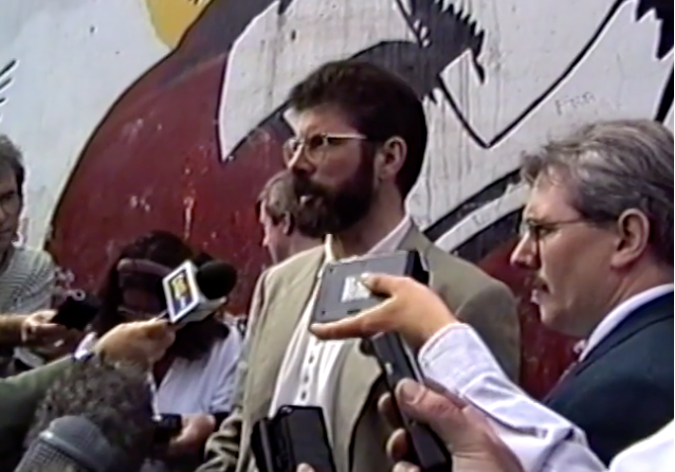 | On August 31, 1994, the “Provisional” Irish Republican Army suddenly went on a unilateral ceasefire and opened the door to a negotiated settlement of the “Irish Troubles.” However, the promise of a quick resolution of the conflict faded. In March of 1995, the British formally put forward the demand that the Provisional IRA decommission weapons before Sinn Féin, the Provisional IRA’s political wing, would be allowed to participate in peace talks. The Provisional IRA responded that “pre-conditions” had not been raised prior to the ceasefire and Sinn Féin demanded inclusion in a peace process. With no resolution in the impasse, and almost a year into the ceasefire (late July 1995), Sir Patrick Mayhew, Secretary of State for Northern Ireland, raised the possibility of an international commission that would oversee decommissioning. In a press conference outside of Sinn Féin offices on the Falls Road, Gerry Adams, President of Sinn Féin, stated that if the commission was a way to fulfill the pre-condition, then “it’s patently a non-starter.” The full press conference, during which Adams responds to questions from journalists, is available here: https://iu.mediaspace.kaltura.com/media/t/1_x7uysu7v |
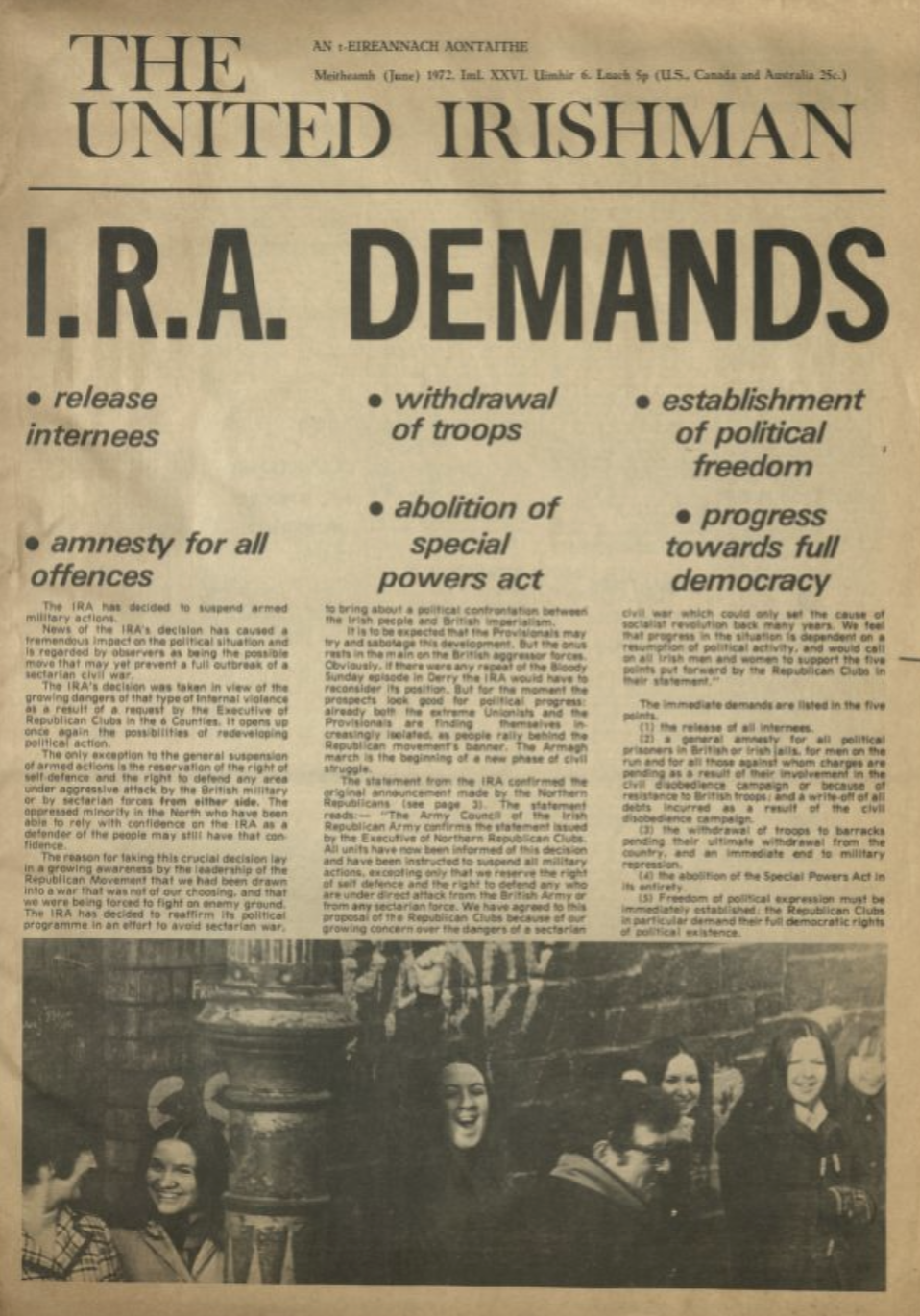 | The United Irishman, based in Dublin and launched in May of 1948, was first the monthly newspaper of Sinn Féin. The paper documented the rebuilding of the republican movement in the late 1940s and early 1950s, the IRA’s “Border Campaign” (1956-62), and the leftward shift in the movement during the 1960s. When Sinn Féin split in 1970, The United Irishman continued as the newspaper of “Official” Sinn Féin while “Provisional” Sinn Féin established its own newspapers (An Phoblacht in Dublin and Republican News in Belfast). The “Officials” were harsh critics of the “Provisional” IRA’s paramilitary campaign. In 1972, the “Official” IRA went on ceasefire, and in 1977 “Official” Sinn Féin changed its name to Sinn Féin – The Workers’ Party. In 1982, the party dropped its reference to Sinn Féin and became The Workers’ Party. By this time, as described by Brian Hanley and Scott Millar in The Lost Revolution: The Story of the Official IRA and the Workers’ Party (2009), sales of The United Irishman had declined and its title was “increasingly anachronistic”. The paper ceased publication in 1980 and the party launched a new publication, Workers’ Life. |
Additional resources will be added to the Irish Republican Movement Digital Collection as they become available. Interested readers should also refer to the CAIN Web Service – Conflict and Politics in Northern Ireland. See: http://cain.ulst.ac.uk/

